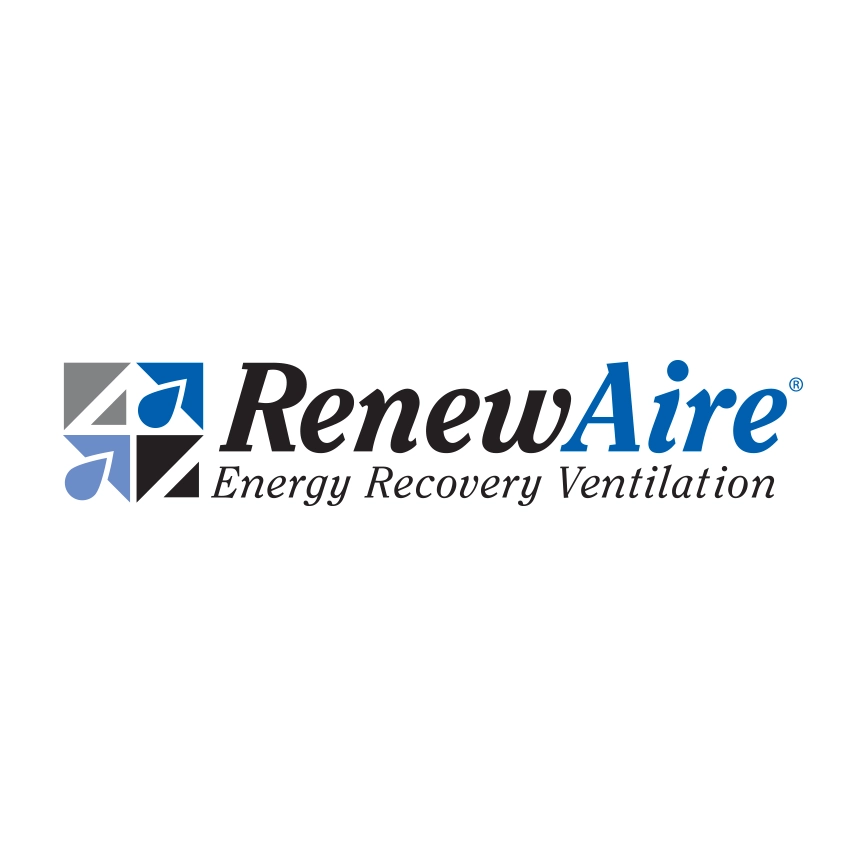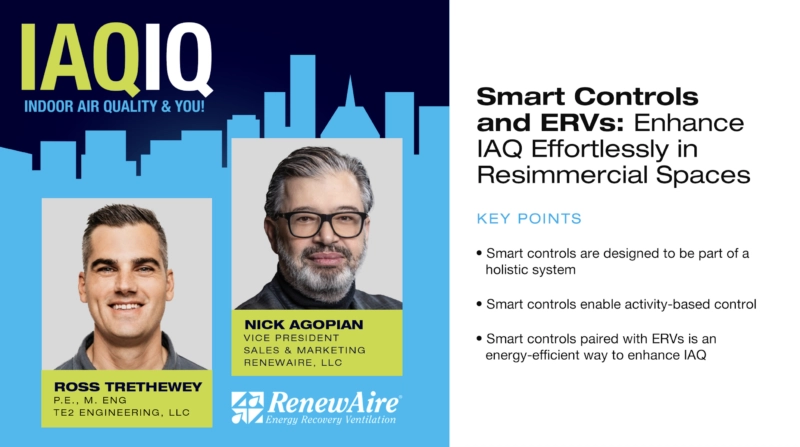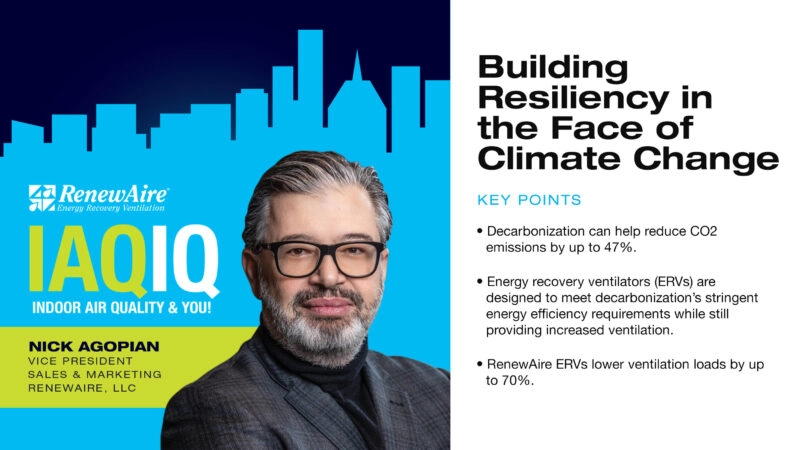IAQ IQ: Career Paths for Women in the HVAC Industry
When it comes to the science, technology, engineering, and mathematics (STEM) workforce, women continue to be underrepresented. Many industries that rely on a foundation of STEM education are dominated by a predominately male workforce. However, the tide is turning with more women entering the HVAC industry year over year.
Tyler Kern, host of IAQ IQ: Indoor Air Quality and You, sat down with Nick Agopian and four female leaders and trailblazers from RenewAire, including:
• Jessie Busse, Senior Engineering Data Analyst
• Cassandra Kalinowski, Senior Technical Sales Support Engineer
• Michelle Pelicos, Western Regional Sales Director
• Meghan Ziegler, Senior Design Engineer
The panelists’ experience ranges from decades of experience to recent college graduates at the beginning of their careers. And their training and education are all-encompassing including degrees in Mechanical Engineering, English Business Writing, and Marketing to name a few.
How they entered the HVAC industry varies as well, from beginning in an administrative role that led to selling energy recovery and indoor air quality products, and college internships turning into full-time opportunities these women come from all walks of life and have unique insights into the career possibilities for women within the HVAC industry.
Pelicos noted that when she entered the industry in the mid-1980s, she was very fortunate as “the organization [she] worked with was very open to sharing knowledge and teaching [her] more of the technical parts of the industry.” When she started there was lots of room to grow but that changed with people entering the industry, especially women, getting pigeonholed into specific jobs and job functions, and that has changed again.
Ziegler agreed, “I feel like it’s becoming slightly more common to not be the only woman in the room when we are having meetings or coming into large groups.” She continued to note that it still happens a lot because it is a male-dominated industry. However, there is a shift happening on college campuses with women comprising 30 to 40% of students in STEM classrooms.
This is in part happening because of the outreach occurring to get women and girls involved in STEM programs at a younger age. “At my university, we had a Woman in Engineering program run by one of my female professors. We did a lot of going out to middle schools and high schools… talking to the kids, saying these are some other options that are available to you if you enjoy science, if you enjoy math,” said Busse.
Kalinowski had similar experiences, “when I was in college a professor reached out to me a couple of times to help with events on campus to promote getting young children, young girls in STEM. One of them was a panel discussion a lot like what we’re doing now actually, and it was to show, to give the kids the opportunity to see women like their future selves in a position that they could reach.”
What is clear – to get more women into the STEM workforce, both men and women within these industries need to continue raising awareness of the career opportunities available to them.




